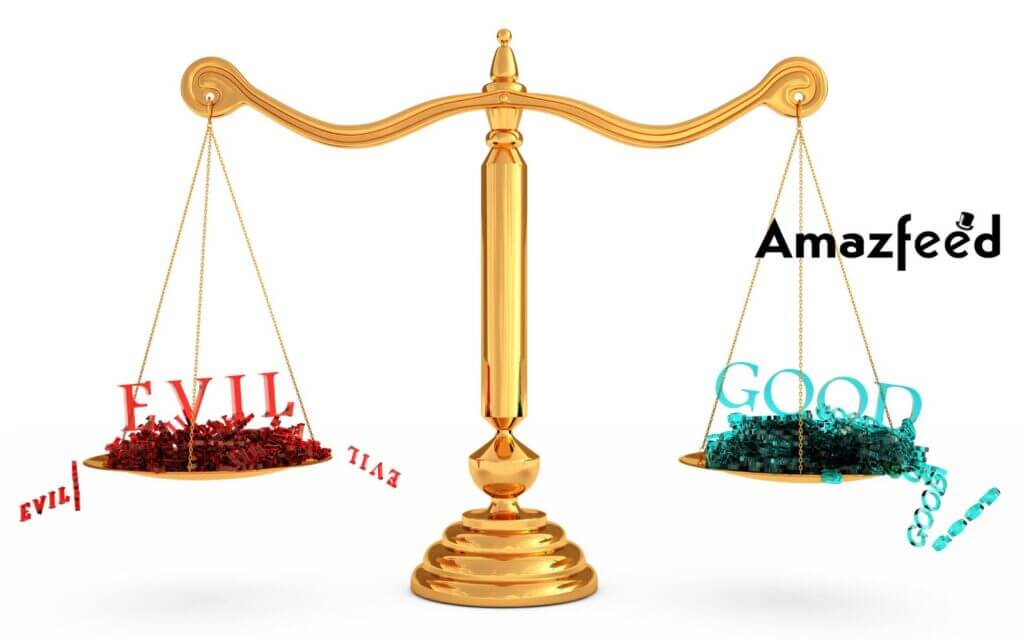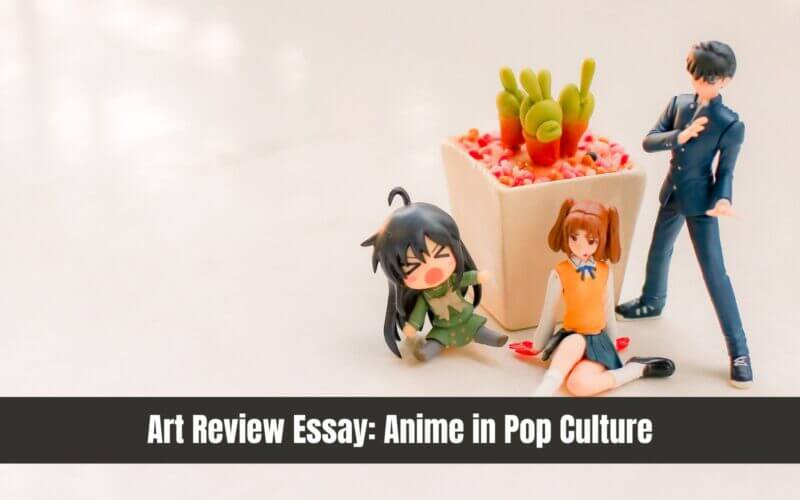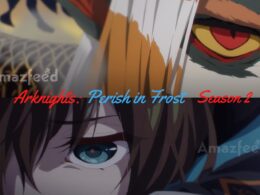Page Index
Today, it seems like everyone watches anime: Billie Eilish and Elon Musk share their favorites on Twitter, Hollywood directors get movie ideas from anime, and fans of the genre create numerous communities. In the 2000s, fans could not even imagine that this was possible because then it was a hobby for a narrow audience.
Among the new generation of teenagers, anime is no less popular than computer games, and adults are no longer embarrassed that they still watch Naruto. And yet, how did Japanese animation manage to occupy such a significant place in modern pop culture?
If you need to answer this question in your essay but don’t know where to start, don’t worry. You can get help from art essay writers at https://essayshark.com/. They will write a high-quality art review essay for you, sticking to all of your requirements.
From cheap animation to world aesthetics
Anime is not just animation; it is a whole world that includes a large number of genres and styles. Its history dates back to the first half of the 20th century when Japanese film directors began to experiment and find new solutions using Western animation techniques. Initially, the term “anime” was established in Japan as a designation for cheap and streaming animation. And it was precisely the desire to reduce production costs that laid the foundation for the future aesthetics that is known today all over the world.
The founder of the traditions of modern anime can be considered mangaka (manga author) and animator Osamu Tezuka. It was he who created recognizable visual techniques: close-ups, sound effects using letters, the manner of drawing large eyes of characters to convey emotions, and lines indicating the direction of movement.
Anime boom in the West
In the late 80s – 90s of the last century, anime began to conquer Western viewers. In English-speaking countries, the full-length anime Akira enjoyed real success. Then came the era of “Pokemon” and “Sailor Moon” – a generation of children of the nineties grew up on them. By the beginning of the new millennium, anime had emerged as an independent element of pop culture.
Geek revolution
By the end of the 2000s, among the authors of films and TV series, there were many fans of science fiction, games, comics, and anime who made frequent references to their favorite animes in their work. In addition, a new generation was growing up who watched Naruto or American films and TV series inspired by anime, such as The Lion King, The Matrix, and Avatar: The Last Airbender. Geeks—people who are passionate about popular culture—gradually began to emerge from the shadows.
In addition, the growing popularity of the genre was influenced by the accessibility and development of the Internet. There was no longer any need to stand in line for pirated discs (and it was impossible to find licensed ones); now, it was possible to watch it on various platforms, often legally and in excellent quality.
Also Read
Finally, Black Clover Episode 171 Is Coming! Black Clover Episode 171 Release Date
Good Night World season 2 Renewed? Crunchyroll Revealed a Big Announcement?
The paradox of good and evil
Good and evil do not exist as separate phenomena. In our reality, there are real things that, like yin and yang, contain both good and evil. This is the peculiarity of anime: the lines are blurred here, where there is no clear division into black and white. Thus, “Attack on Titan” turned into a drama about the clash of two ideologies, where viewers were able to watch how Eren Yeager went through many tests that changed his ideas about the world.
And “Death Note,” for example, invites the viewer to answer such a tricky question: can a person take on the role of God and decide human destinies? The creators of the films give you the choice to decide for yourself who you consider to be a villain and who you don’t. It is precisely due to the detailed nature of the characters that fans of the genre often take the side of the antagonist. Thus, anime gives the awareness that people tend to make mistakes, but this does not make them negative heroes.

Eternal youth
Japanese animation, which has absorbed a lot from American and European schools, has been accumulating potential and genre diversity for a long time. Any the most demanding viewer can find something close to them here: from classic genres such as comedy, drama, and action to specific ones – seinen, shoujo, shounen.
Anime expert Takamasa Sakurai believed that the genre gained popularity and mass acceptance due to its unconventional nature. Japanese anime has broken the convention that cartoons are something only children watch.
Anime’s plots cover many different topics, but most often, it addresses the problems of teenagers and young adults. That is why the characters’ features are often exaggerated, and emotions run high. But many viewers, even if they have long outgrown the age of the average anime fan, want precisely this sincerity and brightness of feelings, which contrasts so much with what is happening in their lives.+

World recognition
One of the most significant influences of anime on pop culture is its influence on fashion. Anime series characters are known for their unique sense of style and bold clothing choices. This inspired people around the world to experiment with different types of clothing and accessories, causing anime-inspired fashion to become a trend. From cosplay events to casual wear, anime’s influence on the fashion industry is undeniable, and it shows no signs of slowing down.
Today, manga (Japanese comics) can be bought in almost any major bookstore, Naruto kunai and protectors can be easily ordered for delivery, and Hollywood film studios are buying the rights to film adaptations of anime. It’s safe to say that Japanese animation has taken its place in world pop culture. It becomes bolder, speaks more often about social issues, and the characters become more complex.
In recent years, anime has become a pop culture staple, capturing audiences’ attention worldwide. Thanks to its distinct animation style, captivating storylines, and easily recognizable characters, anime has gained wide popularity among people of all ages. It not only became a means of entertainment but also had an undeniable impact on society.












